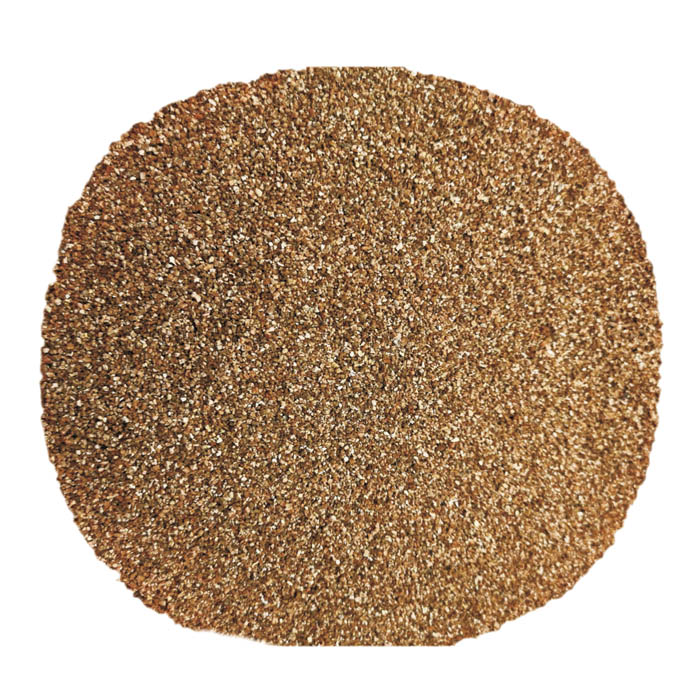Oct . 11, 2024 19:40 Back to list
thermal insulation materials furnace
Thermal Insulation Materials in Furnaces Enhancing Efficiency and Safety
Thermal insulation materials play a crucial role in the operation of furnaces, which are essential in various industrial processes including metal smelting, glass manufacturing, and ceramics production. By minimizing heat loss and ensuring temperature stability, these materials contribute significantly to energy efficiency and operational safety.
The primary function of insulation materials in a furnace is to retain heat within the furnace chamber. This prevents unnecessary energy expenditure, which is vital in industries where fuel costs can be substantial. Common insulation materials include ceramic fiber, mineral wool, and refractory bricks. Each type of material has its unique properties that cater to specific furnace applications.
Ceramic fibers are highly effective insulation materials due to their excellent thermal resistance and lightweight nature. They can withstand extreme temperatures, often exceeding 1,600 °C (2,912 °F). Their ability to be formed into blankets, boards, or modules allows for flexibility in furnace design. Additionally, ceramic fibers exhibit low heat conductivity, which means they can effectively minimize heat loss, reducing the overall energy consumption of the furnace.
Mineral wool, made from natural or synthetic minerals, is another popular choice for furnace insulation. It is known for its high melting point and good thermal stability. Mineral wool is also fire-resistant and provides sound insulation, which is an added benefit in certain industrial environments. However, it is generally bulkier than ceramic fiber, which may impact space efficiency in furnace design.
thermal insulation materials furnace

Refractory bricks are often used in high-temperature areas of furnaces where structural integrity and thermal performance are crucial. These bricks are made from materials that can withstand high temperatures and provide excellent insulation. They are designed to resist wear and chemical attack, making them suitable for harsh operational environments. Refractory materials can be custom-made to fit specific furnace designs, ensuring optimal performance.
The choice of thermal insulation material depends on various factors, including operational temperature, the environment within the furnace, and economic considerations. A careful assessment of these factors is essential to ensure the selected insulation material meets the required standards for efficiency and safety.
In addition to their thermal properties, insulation materials also play a role in the overall safety of furnace operations. By containing heat, these materials help to prevent overheating of external surfaces, which could pose risks to operators and equipment. Effective insulation reduces the risk of thermal shock to components and promotes a stable operational environment. Moreover, improved insulation contributes to lower emissions and helps in meeting environmental regulations by enhancing the energy efficiency of furnaces.
In conclusion, the choice of thermal insulation materials in furnace applications is critical for achieving high efficiency and safety standards. With options such as ceramic fibers, mineral wool, and refractory bricks, industries can select the appropriate material to meet their specific needs. As energy costs continue to rise and the demand for efficient processes increases, investing in high-quality thermal insulation will remain a priority for industries reliant on furnace technology. Thus, understanding the nuances of these materials is essential for optimizing performance and ensuring the longevity of furnace systems.
-
High-Quality Fe-C Alloy Leading Manufacturers & Spherical Alloy Materials Supplier
NewsJun.10,2025
-
Premium Low Nitrogen Recarburiser Supplier & Manufacturer – High Quality Exporters
NewsJun.10,2025
-
DT4 High-Quality Magnetic Materials Leading DT4 Manufacturer & Supplier
NewsJun.10,2025
-
High-Performance Spring Steel Suppliers Custom Solutions
NewsJun.10,2025
-
Premium SWRCH6A Manufacturer Steel Wire Supplier & Factory
NewsJun.10,2025
-
Premium Mild Steel Wire Rod Supplier & Manufacturer
NewsJun.10,2025
